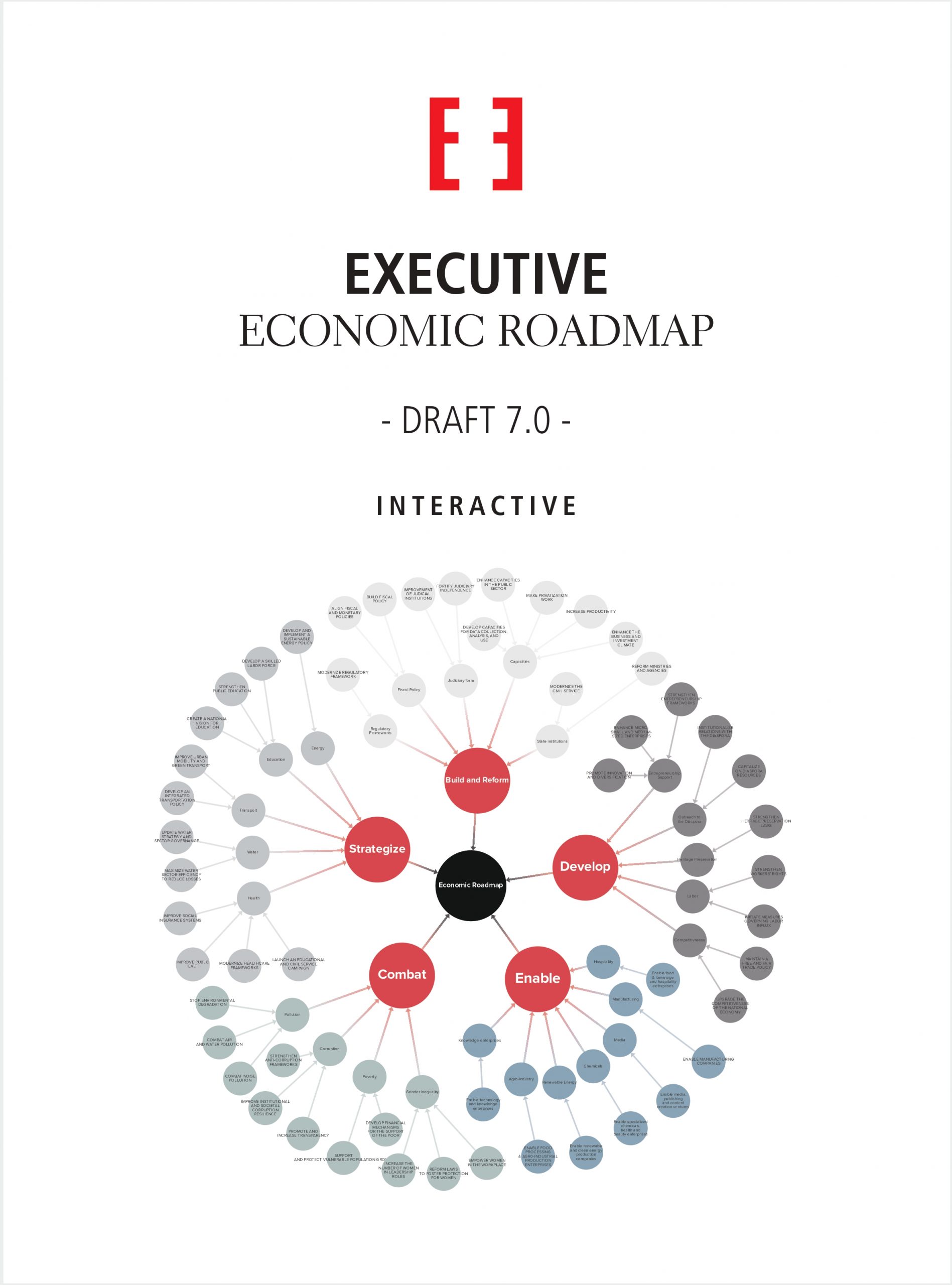The signing of several economic agreements on January 16 between Iran and Syria confirmed the persistently strong strategic relations between the two countries. However, contrary to a widely held belief, and to the claims of the two governments, bilateral trade ties have historically been very limited. Hence, in 2010, according to Syrian government statistics, bilateral trade between Syria and Iran reached $312 million — this was lower than trade between America and Syria, despite various economic sanctions imposed by successive United States administrations on Damascus since at least the late 1970s.
The trade balance was largely to the benefit of Iran, which exported $297 million in goods to its long-term ally and imported only $15 million from Syria.
Bilateral investments are also paltry and do not exceed a handful of projects by Iranian investors in the Syrian manufacturing sector — mainly a petrochemical venture located south of Damascus and two car assembly plants based near Damascus and Homs. And while Syria joined the Greater Arab Free Trade Area in 2005 and signed a free trade agreement with Turkey as early as 2007, it signed a preferential trade agreement (PTA) with Iran only in 2011.
It is difficult to comprehend why the two countries failed for so long to expand their ties but a number of objective factors can explain this.
The two economies do not complement each other — the main export item for both countries is crude oil, while their main import items are oil derivatives, manufactured products and industrial equipment that are not produced in significant volumes; they do not have a contiguous border, as Iraq — which has had an extended period of poor relations with both countries — stands between them; there are no historical trade links comparable to the relations existing between Syria and Turkey from the Ottoman period or between Damascus and the Hejaz; since the Iranian revolution in 1979 the governments of the two countries have systematically prioritized their political and military ties at the expense of most other types of relations.
In recent years, a number of events helped change this dynamic, including the fact that economic issues started to take on increasing importance in the decision-making process in Damascus.
Several large tenders by the Syrian government were awarded to Iranian contractors in the energy, manufacturing and water sectors. These have included the construction of several power plants by Iranian companies, including a 470 megawatt (MW) combined-cycle plant awarded last year to Mapna; a water sewage project in the region of Latakia awarded in 2009 to Mirab, an engineering firm, for an amount of $64 million; segments of a water irrigation scheme worth $31 million in the area of Aleppo awarded to contractor Sabir and; the construction of 10 grain silos awarded to Tosee Siloha, a civil engineering house.
Another important turning point has been a change in relations between the two countries and Iraq, which has stabilized to some extent and whose government is now close to the Iranian authorities.
The improvement in ties with Baghdad helped both Syria and Iran envisage the PTA between them, and also to look at other ventures that use Iraqi territory. This has included, for instance, a quadripartite deal inked in early 2012 involving the sale of some 1,300 MW of electricity from Iran to Iraq, Syria and Lebanon. While Baghdad will receive 1,000 MW, Damascus and Beirut will share the balance.
More significant is the scheme to build a gas pipeline dubbed the “Islamic Pipeline”, a route that will carry gas from Iran’s South Pars Gas Field through Iraq and Syria. The 56-inch pipeline will be some 2,000 kilometers long and will have a daily capacity of 110 million cubic meters. The construction costs are estimated at between $2 billion and $2.5 billion. The long-term ambition of Tehran is to expand the pipeline in order to reach the crucial European market.
While the Syrian uprising brought back to the fore the security aspects in the relation between the two governments, it is likely that the potential “loss” of Syria, will not only be a major strategic setback for Iran but also mark a rapid end of promising economic opportunities that had just begun to unfold.
Jihad Yazigi is editor-in-chief of The Syria Report


